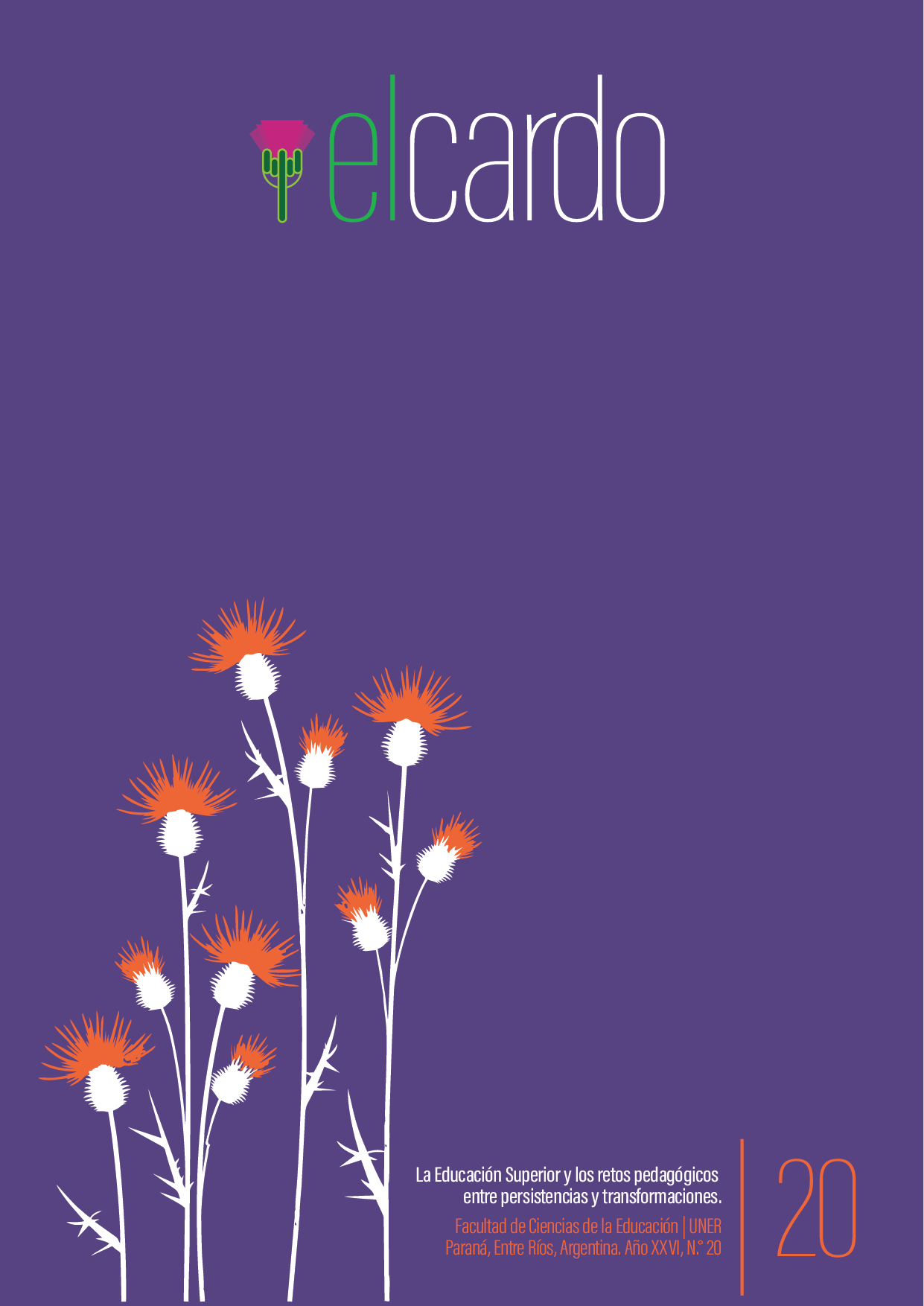Methodological proposal for the use of prosopography in Centro Universitario de Ciencias Económico Administrativas.
Main Article Content
Abstract
This article is a methodological proposal for the teaching of prosopography in the Centro Universitarios de Ciencias Económico Administrativas. It outlines its beginnings as a methodological tool, until its consolidation as an accepted method in the second half of the 20th century. Describes the two main schools that identify prosopographical studies. Details a methodological crisis suffered in the last third of the century. It deals with the main steps for the use of the method, accompanied this last section by reflections suitable for university students of economic and administrative sciences.
Downloads
Metrics
Article Details

This work is licensed under a Creative Commons Attribution-NonCommercial-ShareAlike 4.0 International License.
Las ediciones no tienen cargos para las y los autores ni para las y los lectores, y se incita a las y los autores a depositar sus contribuciones en otros repositorios institucionales y temáticos, con la certeza de que la cultura y el conocimiento son un bien de todos y para todos. El Cardo permite la reutilización luego de su edición (Post print) citando la autoría y la fuente original de su publicación. Su uso no puede ser con fines comerciales.
References
Autrand, F. (Ed.). (2002). Prosopographie et Genese de l'Etat Moderne. ulm.
Bertrand, M. (2011). Grandeza y Miseria del oficio. Los oficiales de la Real Hacienda de la
Nueva España, siglos xvii y xviii. Fondo de Cultura Económica.
Bulst, N. (1986). Medieval Lives and the Historian: Studies in Medieval Prosopography. Medieval Institute Publications.
Charle, C. (2014). La prosopografía o biografía colectiva. Clivajes, (2). https://clivajes.uv.mx/index.php/Clivajes/article/view/1088
Charle, C. (2009). Prosopographie des élites françaises: (xvie-xxe siècles): guide de recherche. Centre National de la Recherche Scientifique, Institut d'Histoire Moderne et Contemporaine.
Charles, B. (2004). An Economic Interpretation of the Constitution of the United States. Dover Publications.
Cruickshanks, E. (2002). Multi-biographical analysis as an approach to parliamentary history. En: Autrand, F. (Ed.), Prosopographie et Genese de l'Etat Moderne. ulm.
Dávila, C. (2017). Empresariado en Colombia: perspectiva histórica y regional. Ediciones Uniandes, Universidad de los Andes.
Kirchner, J. (2018). Prosopographie Attica. Forgotten Books.
Le Goff, J. (2005). Pensar la historia: Modernidad, presente, progreso. Paidós Ibérica.
Mandouze, A. y Pietri, C. ( 2013). Prosopographie chrétienne. achcbyz.
Martindale, J. R. y Jones, A. H. M. (1980). The Prosopography of the Later Roman Empire. Cambridge University Press.
Merton. R. K. (2002). Science, Technology and Society in Seventeenth Century England. Howard Fertig Pub.
Moreno, P. (2010). Prosopografía y Emblemática. Emblemata, 16, pp. 155-182.
Münzer, F. (2014). Römische Adelsparteien und Adelsfamilien. Letararicon Verlag.
Nagle, J. (2002). Prosopographie et histoire de l'Etat: la France moderne xviè-xviiiè siècles. En: Autrand, F. (Ed.). Prosopographie et Genese de l'Etat Moderne. ulm.
Namier, L. (1978). Structure of Politics at the Accession of George iii. Palgrave Macmillan.
Newton, A. P. (2022). The Colonising Activities of the English Puritans. Legare Street Press.
Nicolet, C. (1974). L'Ordre équestre à l'époque républicaine: (312-43 av. J.-C.). E. de Bocard.
Pérez-Alfaro, T. y Dacosta, A. (2019). HILAME (Hidalgos, Labradoras, Mercaderes): procesamiento y visualización de datos prosopográficos. En: González, D. y Bermúdez, H. (Ed.), Humanidades Digitales: Miradas hacia la Edad Media. De Gruyter.
Poralla, P. (2019). Prosopographie der Lakedaimonier bis auf die Zeit Alexanders des Grossen. Vero Verlag.
Stephen, L. y Lee, S. (Eds.). (2004). The Dictionary of National Biography from the erliest times to 1900. Oxford University Press.
Stone, L. (1986). El pasado y el presente. Fondo de Cultura Económica.
Subercaseaux, B. (2015). Prosopografía, biografía e historia intelectual (a propósito de J. V. Lastarria). Universum, 30(2), 251-262.
Syme, R. (2002). The Roman Revolution. Oxford University Press.
Vones Liebenstein, U. (2005). El método prosopográfico un punto de partida de la historiografía eclesiástica. Anuario de Historia de la Iglesia, (14), 351-364.
Xavier-Guerra, F. (2010). México: del antiguo régimen a la revolución. Fondo de Cultura Económica.





